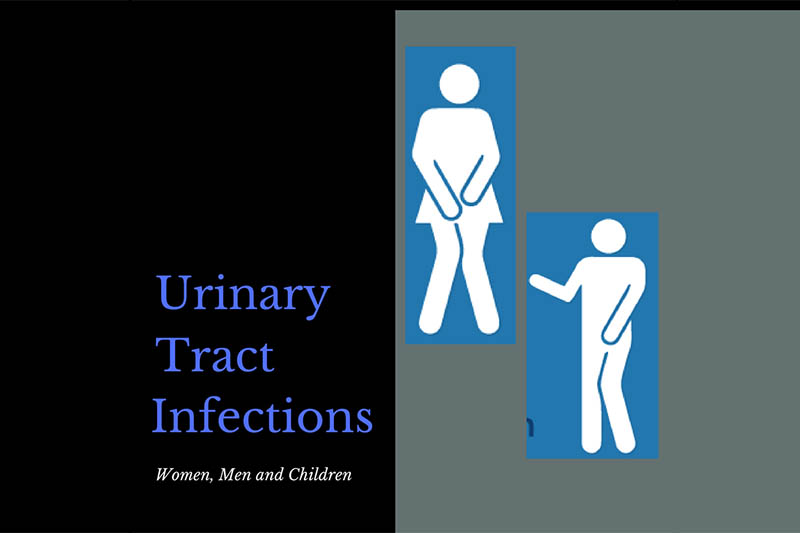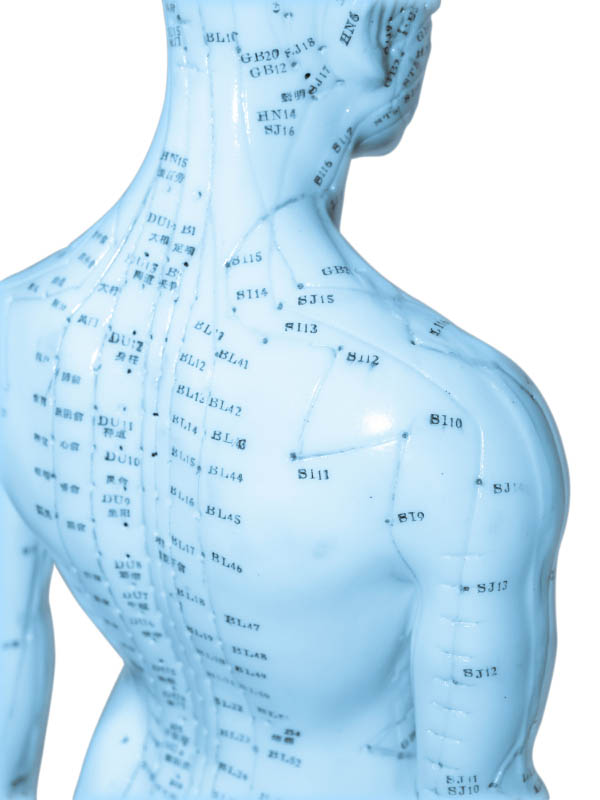
What are UTI’s? Urinary Tract Infections
Do you… Frequently or urgently need to urinate Often only pass small amounts of urine Have Pain or burning sensation when urinating These can be symptoms of urinary tract infections. There
The human ear can hear sound waves ranging between 20 cycles per second and 20,000 cycles per second. If the frequency of sound is above 20,000 cycles per second, it is at a pitch too high for the human ear to hear. This type of sound is called ultrasound.
Ultrasound waves can be obtained by applying an alternating current to a quartz crystal, thus making it vibrate.
Sonopuncture has proved to be effective in various ailments

In 1955, Mr. Leplus published a report about his practice of sonopuncture. He mentions that his invention “transmits to the desired point a vibration at audible frequency and both tonifies and disperses, better than massage and the same as moxa.”
Dr. Irving Oyle of California has claimed to have met with success in his attempts to treat a variety of diseases such as anxiety, allergic dermatitis, lower back pain, and dysmenorrhea using sonopuncture.
For children, small sound heads are used to target acupuncture points.
For adults, medium or large-sized sound heads are used.
For acupuncture points in the ear, vagina, and rectum, special auricular sound heads are used.
To control pain, special roller electrodes are used to provide transcutaneous stimulation.
Sonopuncture can be done quickly, with each acupuncture point needing about 30-60 seconds of stimulation.
Any Precautions, Contraindications, or Interactions Sonopuncture has been found to be safe and effective. It is advantageous over needle acupuncture because it is painless and is thus, accepted by patients more readily.1

Do you… Frequently or urgently need to urinate Often only pass small amounts of urine Have Pain or burning sensation when urinating These can be symptoms of urinary tract infections. There
Disclaimer – Our intent is not to diagnosis but to offer information on therapy choices and practitioners. Information on this site is intended general educational purposes only. Any statements made are carefully referenced and any information, products or services discussed are not intended to diagnose, cure, treat or prevent any disease or illness. Please consult a healthcare practitioner before making a choice.